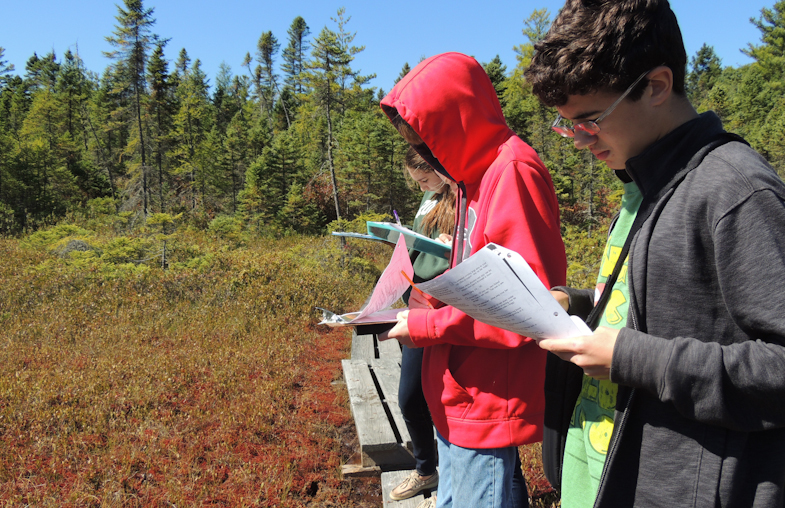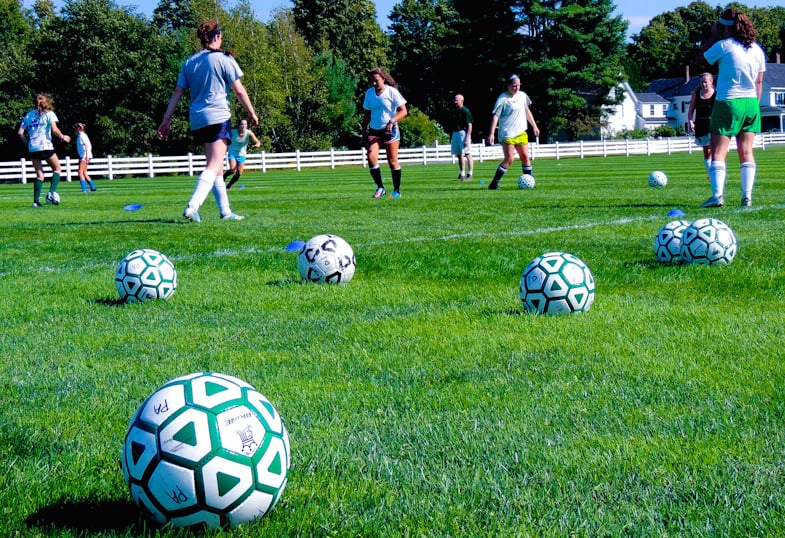
Our lives are layered. As a boarding school, understanding the interconnected nature of our students’ lives is critical to the education we provide. Our diet is linked to our health, which is directly connected to our energy level, and consequently our ability to learn. If you disrupt any piece of this sequence, every step is impacted. Developing an approach to education centered around active learning, exercise and healthy social interactions will result in increased learning, and even increased intelligence.
How can you improve your intelligence?
This article from NPR’s Innovation Hub on the role of exercise, social interactions, and low-stakes quizzes provides tangible ways to potentially augment our students’ (and our own) intelligence.
Exercise:
In the article above, Annie Murphy Paul, of Time magazine, shares her research on how you can have a positive impact on your intellect. Her thoughts echo some of what was written in this blog post on Emotional Intelligence last spring. While much of our focus as a school is on the intersection of learning and the brian, Paul encourages us to look beyond just the brain as the sole purveyor of intelligence. She notes that getting regular exercise is the best thing you can do for your brain and your intelligence.
Social interaction:
Social Interaction is the second most important way individuals can improve their intelligence. Annie Murphy Paul notes, “We think that if we get the smartest people, our job is done. And then we end up at a great effort and expense, picking the smartest people and putting them in stupid situations.”
Low Stakes Quizes:
Lastly, Paul shares that increasing the pressure around testing and performance analysis in students has the opposite impact on their intelligence. She says, “Low stakes, no stakes testing, in the sense of quizzing ourselves or asking ourselves to retrieve information from memory, actually strengthens those memories. We’re doing a lot of testing, but we’re doing it wrong.”

So what does this mean as we get ready for another school year?
It very simply means we must remember that our students are humans, not machines. We must get them outside moving around, exercising each and every day. We must integrate experiential education practices into every classroom. We must place them in academic situations that emphasize healthy social interaction through group projects and hands-on learning, while still providing the structure necessary to minimize distractions. We must create a culture of self-assessment that retains accountability in the classroom so students are the drivers of their education, not some extrinsic pressures. We must engage students in athletics and activities. And we must emphasize learning over performing.
Perhaps this seems like a tall task, but living and learning within Proctor's educational model of dynamic, hands-on classes, afternoon sports/activities, and a focus on self-awareness provides an environment in which each of these objectives is already happening!
Learn more about Proctor's educational model






